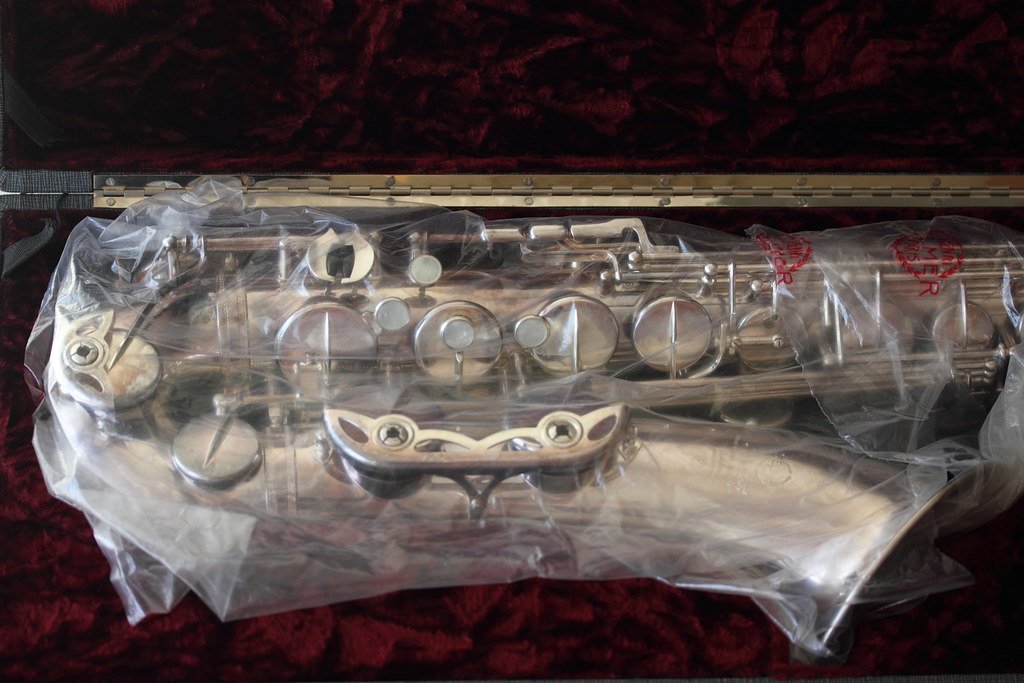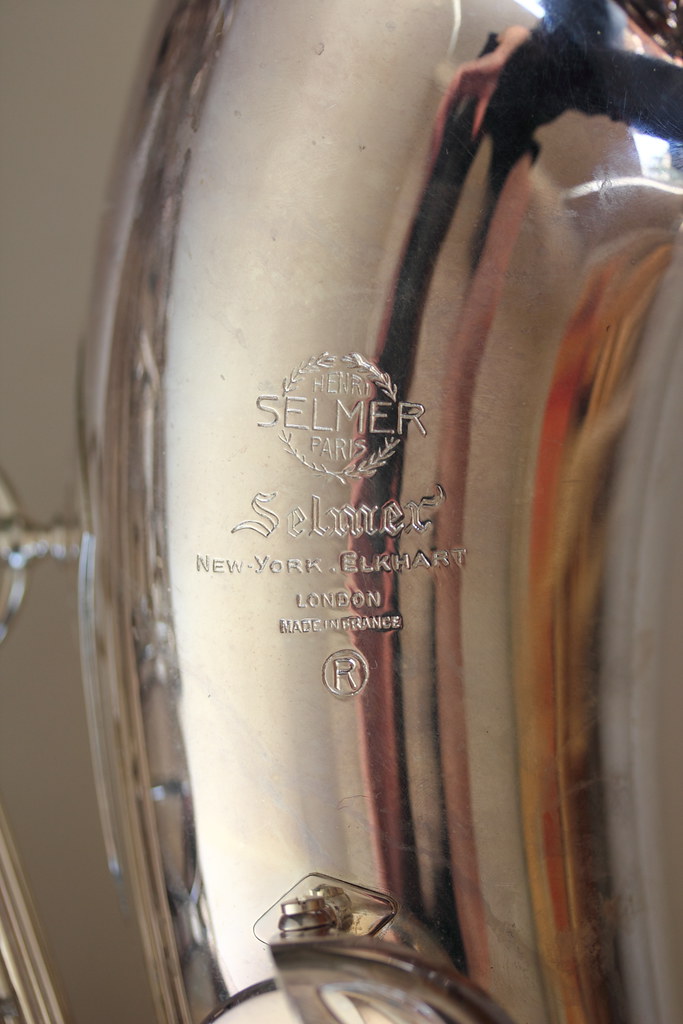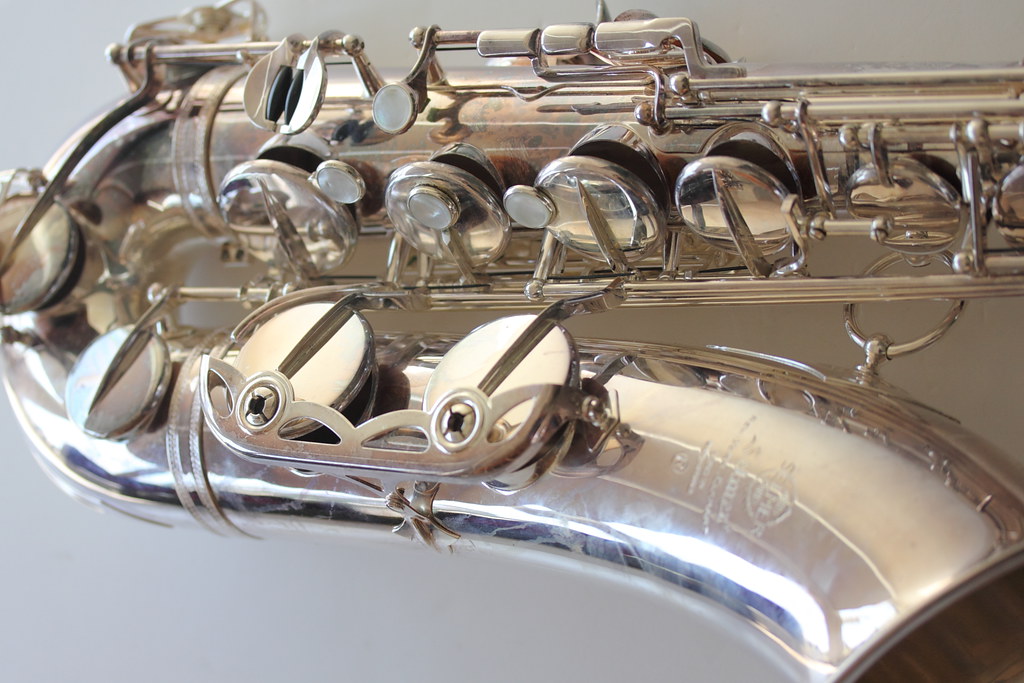Hi
I wasn't sure if I should post it here or in the saxophone repair sub-forum. When I posted in the Selmer section on another forum it got a rude reply... but people here are nicer
I just saw this new Selmer Mark VI tenor. Obviously it's not new, it's about 50 years old, but it's pretty much like a new one. Still has the plastic wrap!
The most incredible thing was the setup and accuracy. This is, without a doubt, the most accurately made saxophone I've seen straight from the factory. The fit of the keys is just excellent and I rarely see this on new saxophones or any other old like-new saxophones. Almost all pads (all are still original) seal great (only a few need to be replaced). The main problem is a lot of corks and felts are missing, I guess the glue failed after 50 years!
I wish saxophone companies now would build saxophones to this standard, but anyway... it was nice to see.
I wasn't sure if I should post it here or in the saxophone repair sub-forum. When I posted in the Selmer section on another forum it got a rude reply... but people here are nicer
I just saw this new Selmer Mark VI tenor. Obviously it's not new, it's about 50 years old, but it's pretty much like a new one. Still has the plastic wrap!
The most incredible thing was the setup and accuracy. This is, without a doubt, the most accurately made saxophone I've seen straight from the factory. The fit of the keys is just excellent and I rarely see this on new saxophones or any other old like-new saxophones. Almost all pads (all are still original) seal great (only a few need to be replaced). The main problem is a lot of corks and felts are missing, I guess the glue failed after 50 years!
I wish saxophone companies now would build saxophones to this standard, but anyway... it was nice to see.







